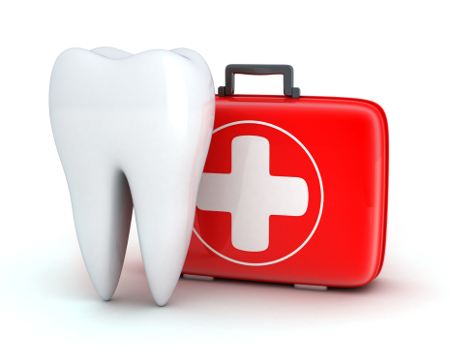Modern Dentistry, Timeless Smiles.
Recovering After Tooth Extraction: Warning Signs You Shouldn’t Ignore
Language :

Dry Socket or Normal Healing? What to Expect After Tooth Extraction
After a tooth extraction, it’s normal to experience some pain, swelling, and discomfort — but how can you tell if your healing is on track or if something’s wrong?
One of the most common post-extraction complications is called dry socket, a condition that can cause intense pain and delay healing.
Understanding the signs, healing stages, and when to see your dentist can help you recover faster and avoid complications.
Normal Healing After Tooth Extraction
In a normal recovery process, the body forms a blood clot at the site where the tooth was removed. This clot:
-
Protects the bone and nerves underneath.
-
Helps new tissue grow and start the healing process.
Typical Healing Timeline:
-
First 24 hours: Mild bleeding and swelling. A blood clot forms in the socket.
-
Days 2–3: Pain and swelling peak but remain manageable with over-the-counter medication.
-
Days 4–7: Pain starts to ease; swelling goes down. The gum tissue begins to close.
-
Week 2: The area continues healing from the inside out.
During this time, avoid smoking, drinking through a straw, or spitting forcefully, as these can dislodge the blood clot and lead to a dry socket.
What Is a Dry Socket?
A dry socket happens when the protective blood clot becomes dislodged or dissolves too early, exposing the bone and nerves underneath.
This leads to severe pain, often radiating to the ear or jaw, and a bad taste or smell from the socket.
Common Signs of Dry Socket:
-
Severe or throbbing pain 2–4 days after extraction.
-
Pain that’s not relieved by painkillers.
-
Foul odor or bad taste in the mouth.
-
Visible bone in the socket.
-
Worsening symptoms instead of improvement.
Dry socket is not an infection, but it requires urgent dental care to prevent further irritation and speed up recovery.
When to See a Dentist or Go Urgently
If you experience any of the following, contact your dentist within 48 hours for evaluation:
-
Pain is severe or not controlled with over-the-counter medication.
-
You notice a bad taste, foul smell, or visible bone in the extraction site.
-
Symptoms are worsening instead of getting better.
Early communication is key — your dentist can clean the area, place a soothing dressing, and prescribe medication to relieve pain and promote healing.
Good Communication = Better Healing
After your extraction, stay in touch with your dentist.
Scheduling a follow-up visit or quick message through your clinic’s contact system helps ensure your recovery is monitored properly.
A solid communication line allows you to:
-
Get professional advice quickly.
-
Adjust your medication if needed.
-
Secure a prompt appointment if healing doesn’t go as expected.
Dental Advice
✔️ Follow your dentist’s post-op care instructions carefully.
✔️ Keep your mouth clean but gentle — rinse only when advised.
✔️ Avoid smoking, alcohol, and hard foods for several days.
✔️ Report any unusual pain, bleeding, or smell right away.
Your comfort and healing matter — and your dentist is your best partner in recovery.
Visit your nearest dental clinic or use our directory listing to schedule your post-extraction follow-up:
https://cebudentalimplants.com/map-dental-clinic




